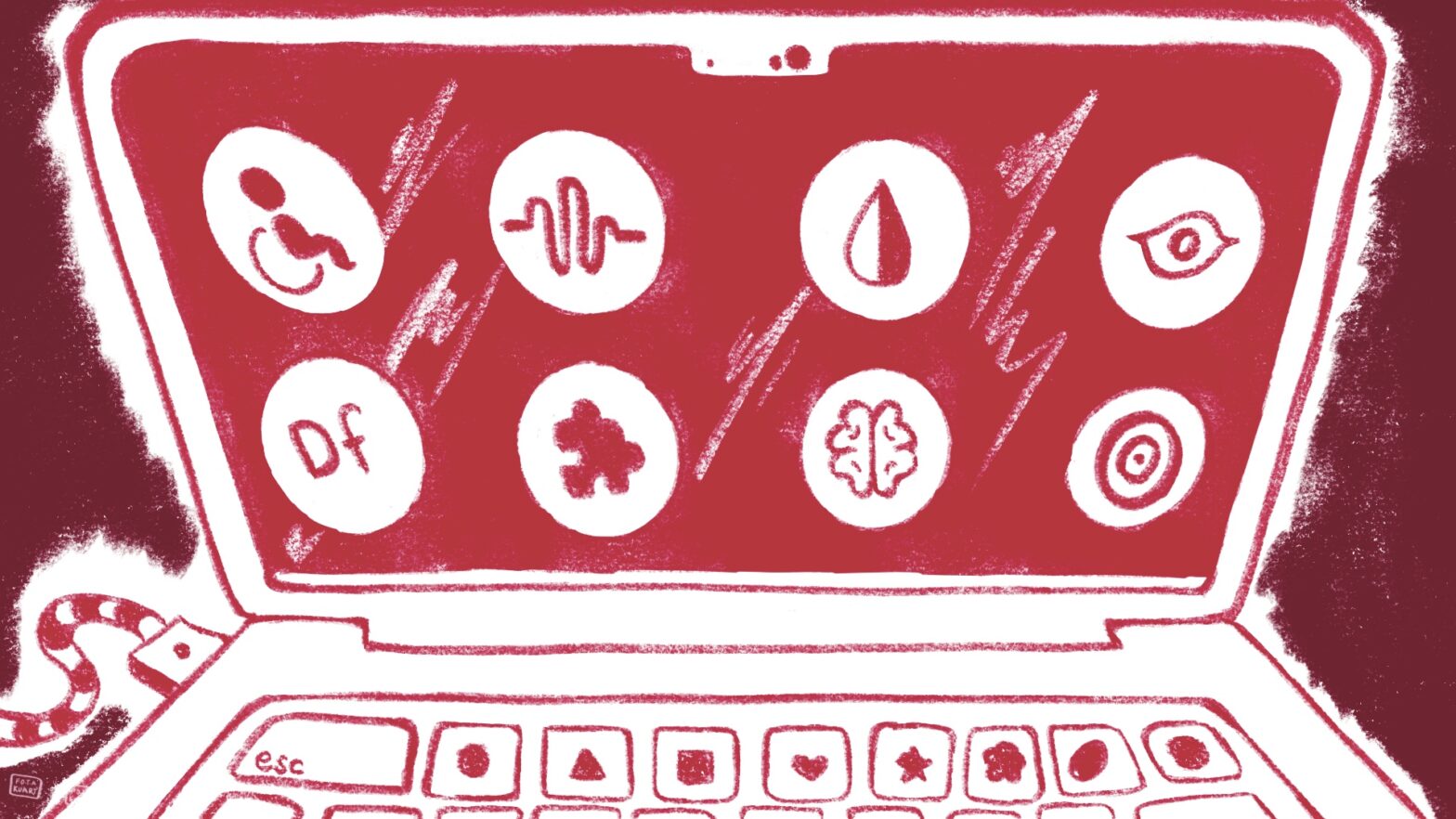The New School launched a digital accessibility tool earlier this month called UserWay, aimed at making its website more accessible for people with visual and mental disabilities.
The New School’s site now includes a widget users can click to reveal a variety of icons that adjusts visual design such as saturation, line spacing, and text size. It also improves access for screen readers and adds a dyslexia-friendly font.
Currently, UserWay is only available at newschool.edu. Canvas, MyNewSchool, and other commonly used university sites do not have this tool.
These improvements are an effort to expand digital accessibility of newschool.edu, which has previously lacked such accommodations for the disabled community.
The newschool.edu’s digital accessibility is currently not ideal, according to the AAATraq’s online compliance checking tool, which analyzes the risk of lawsuits related to violations of the American Disability Act (ADA) and the Web Content Accessibility Guidelines (WCAG 2.1). The higher the score for a website, the higher the risk.
The school’s website receives a “Very High-Risk” compliance rating (193) because of issues with alt text, forms, and links. Though it is a 12 point improvement from its 2022 ranking of 205, the university still trails far behind NYU (48) and Fordham University (78).
According to a 2022 report by AAAtraq, The New School is not alone in falling behind on digital accessibility accommodations. 96% of audited websites failed to meet WCAG 2.1 Level AA standards, which require websites to comply with ADA law.
Digital accessibility is a topic that is often overlooked according to Emily Pavis, a New School alum and disability advocate. (Pavis is also a former reporter for the New School Free Press.)
“People just assume that it’s not important because people with disabilities are a minority,” Pavis said.
Universities in particular are experiencing scrutiny over digital accessibility. According to UsableNet’s Year End Report for 2023, education is the third-most targeted industry, making up 4% of accessibility lawsuits.
According to Parsons School of Design sophomore Annalou Marty, design and university resources should consider how to accommodate disabilities structurally from the get-go. “I think what’s really important is that it’s kind of always thought of with that lens,” she said.
But Marty pointed out that Canvas – which does not currently have these new accessibility features – is “one of the most inaccessible” online resources for students, because there is no text-to-speech option. In order to access the widget on university sites outside of newschool.edu, students and faculty must send in a request.
For Pavis, accessibility might be improved not just through having a range of accommodations like the UserWay widget, but through encouraging visibility and dialogue. “The more it’s talked about, the more it can be normalized, and I feel like that in turn will just lead to less othering,” Pavis said.








Leave a Reply